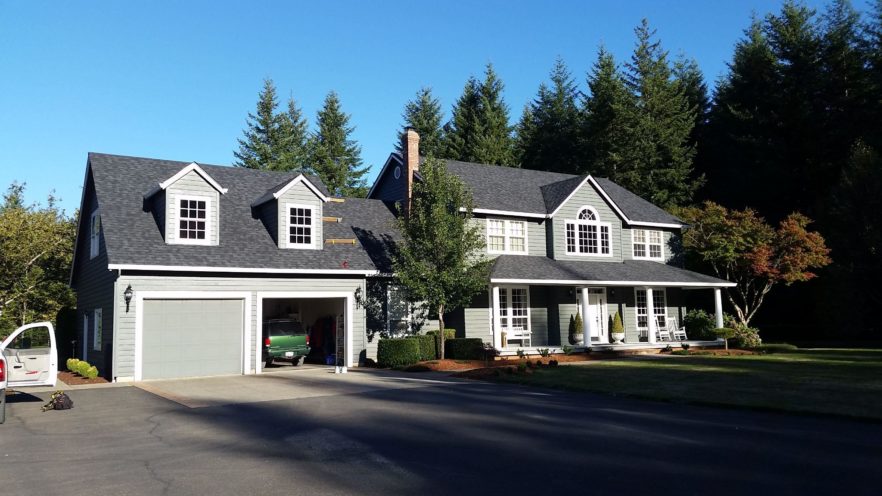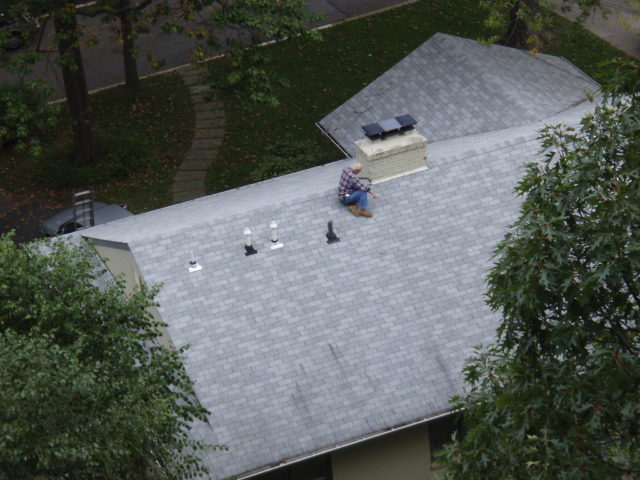Roofs are one of the most important parts of any building. They protect us from the elements and keep us safe and dry inside our homes. However, just like any other part of a building, roofs eventually need to be replaced. But how often should this be done? In this article, we will explore the factors that determine how often roofs should be replaced and provide some tips on how to extend the life of your roof.
Factors That Determine How Often Roofs Should Be Replaced
Type of Roofing Material
The type of roofing material is one of the most important factors that determine how often a roof should be replaced. Different materials have different lifespans. For example, asphalt shingles typically last between 15 and 30 years, while metal roofs can last up to 50 years or more.
Quality of Installation
The quality of installation also plays a role in how long a roof will last. A poorly installed roof will not last as long as a roof that was installed correctly. It’s important to hire a reputable roofing contractor who has experience installing the type of roof you have.
Climate
The climate is another important factor to consider. Roofs in areas with harsh weather conditions, such as strong winds, heavy rain, or snow, will generally need to be replaced more frequently than roofs in milder climates.
Maintenance
Proper maintenance can extend the life of a roof. Regular inspections and repairs can catch minor issues before they become major problems. It’s important to keep your roof clean and clear of debris, such as leaves and branches, which can cause damage over time.
Signs that Your Roof Needs to be Replaced
While the lifespan of a roof can vary depending on the factors mentioned above, there are some signs that indicate it’s time to replace your roof. These include:
Age
If your roof is approaching the end of its expected lifespan, it’s a good idea to start planning for a roof replacement.
Leaks
Leaks are a sign that your roof can no longer keep water out. If left untreated, leaks can cause significant damage to your home’s interior.
Curling, Buckling, or Missing Shingles
If your roof’s shingles are curling, buckling, or missing, it’s a sign that they are no longer able to protect your home from the elements effectively.
Sagging
Sagging in your roof could indicate a structural problem, which may require a complete replacement.
Tips for Extending the Life of Your Roof
Regular Inspections
Regular inspections can catch minor issues before they become major problems. It’s a good idea to have your roof inspected at least once a year and after any major storms.
Proper Maintenance
Proper maintenance can extend the life of your roof. Keep your roof clean and clear of debris, and make any necessary repairs promptly.
Ventilation
Proper ventilation can also extend the life of your roof. Good ventilation allows hot air to escape from the attic, which can prevent damage to the roof deck and shingles.
Additional Protection
Additional protection, such as installing a protective layer under your shingles, can also extend the life of your roof.
Best Time to Replace a Roof
The best time to replace a roof is during the spring or fall, when temperatures are moderate and there’s less chance of rain or snow. It’s also important to plan ahead and budget for the cost of a new roof, as it can be a significant expense.
Conclusion
In conclusion, a roof’s lifespan can vary depending on several factors, including the type of roofing material, quality of installation, climate, and maintenance. Signs that your roof needs to be replaced include age, leaks, curling, buckling, missing shingles, and sagging. Regular inspections, proper maintenance, ventilation, and additional protection can help extend your roof’s life.
FAQs
1. Can I replace my roof myself?
It is not recommended to replace your roof yourself. Roofing can be dangerous work, It is not recommended to replace your roof yourself. Roofing can be dangerous work, and it’s important to hire a reputable roofing contractor who has experience installing the type of roof you have.
2. How much does it cost to replace a roof?
The cost of replacing a roof can vary depending on several factors, including the size of the roof, type of roofing material, and the contractor’s fees. On average, a roof replacement can cost between $5,000 and $10,000.
3. How long does a roof replacement take?
The length of time it takes to replace a roof can vary depending on several factors, including the size of the roof and the type of roofing material. On average, a roof replacement can take anywhere from a few days to a week.
4. Can I install a new roof over my old roof?
It is possible to install a new roof over an old one, but it’s not always recommended. Installing a new roof over an old one can add extra weight to the structure, which can cause problems in the long run.
5. What are some common roofing materials?
Some common roofing materials include asphalt shingles, metal roofing, clay or concrete tiles, and slate. The type of roofing material you choose will depend on several factors, including your budget, climate, and personal preference.










